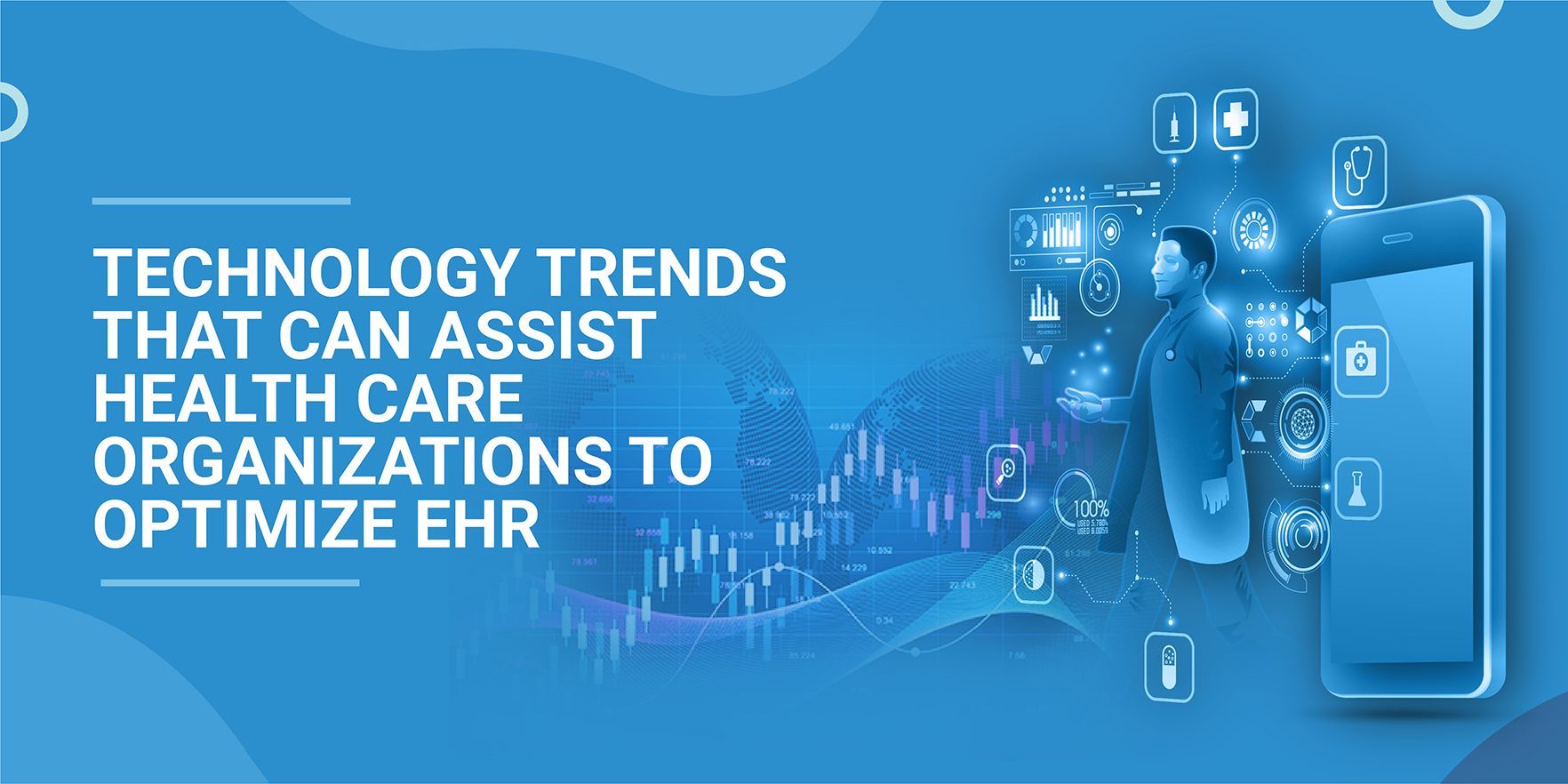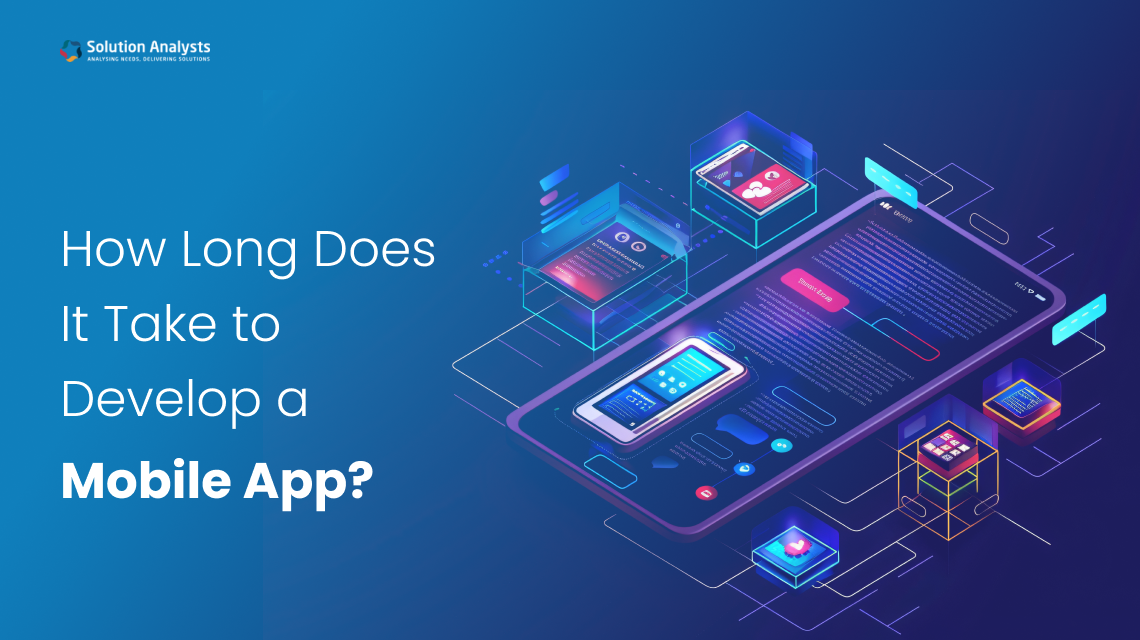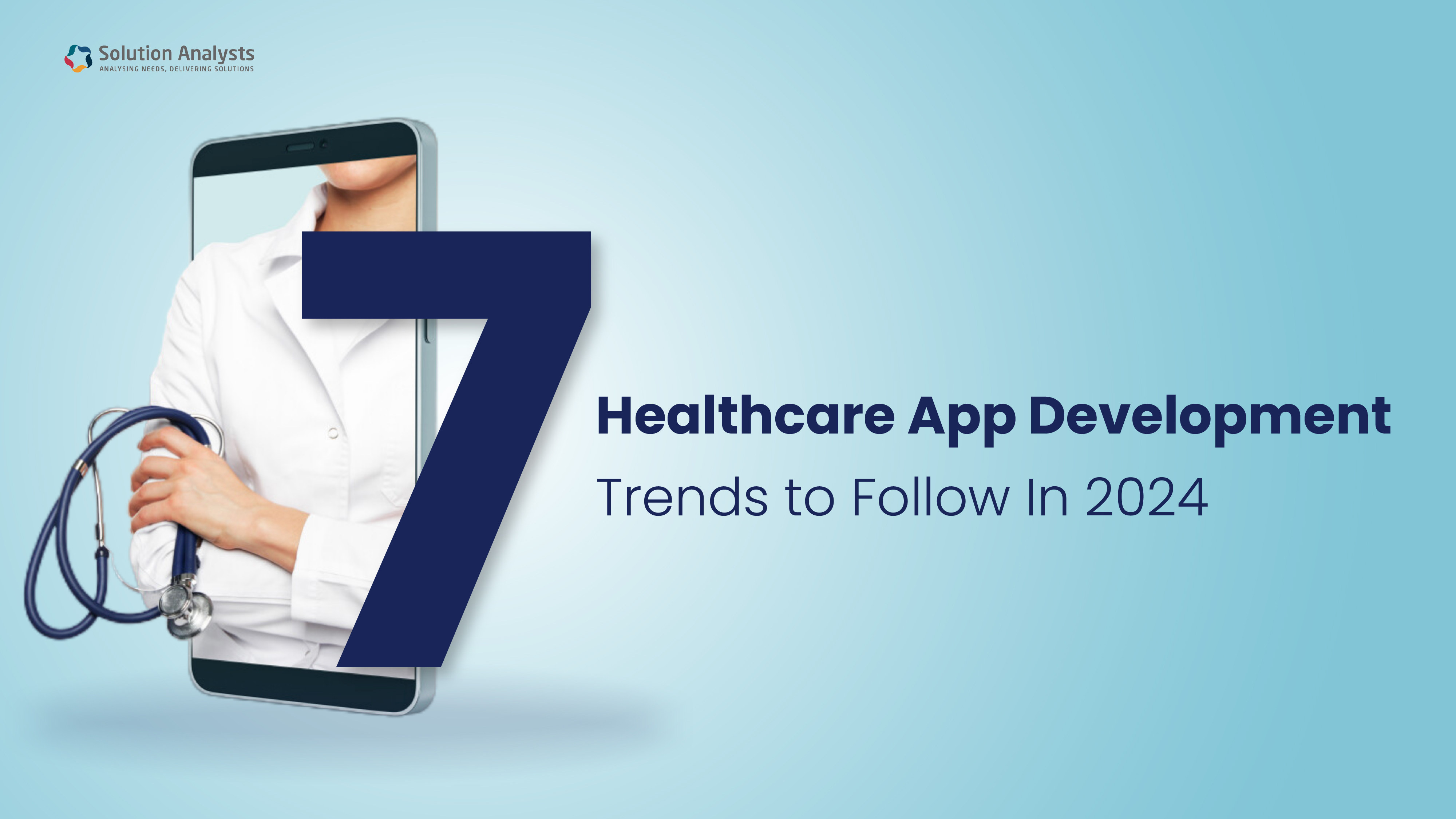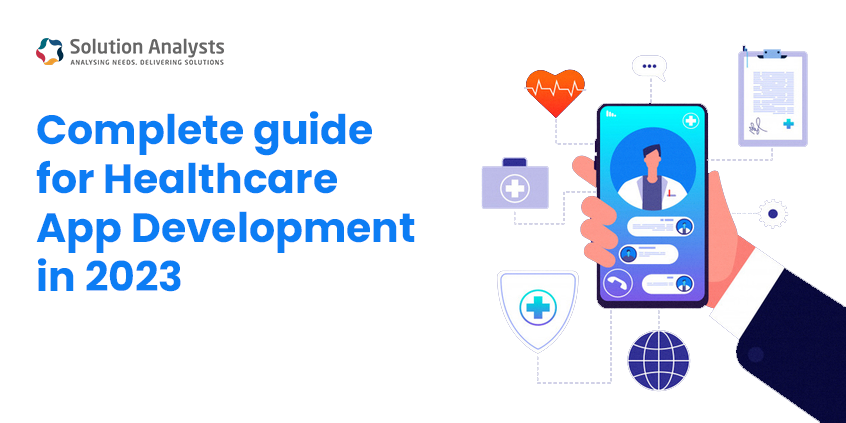
Table of Contents
EHR integration is just a beginning to make your healthcare organization more receptive and patient-centric. The real part is EHR optimization because it includes a whole set of processes that require your attention after integrating the EHR into your existing system. Since 2008, the adoption of any EHRs has more than doubled or from 42% to 86%, and this percentage keeps on increasing over the period.
However, with the increasing adoption of the EHR, the dissatisfaction with EHRs also continues to rise speedily. This dissatisfaction can lead to physician burnout that leads to patient safety-related issues. Many findings have pointed out that the EHR concept, with all its benefits for the healthcare industry, can also be a reason for losing productivity, settling for sub-par systems, and dampen the physician-patient relationship.
The EHR technology also faces problems like slow connection speeds, insecurity of data, and unreliability. It further increases frustration among physicians. Therefore, it is imperative to build a process of refining the installed EHR software and enable the software for enhancing clinical productivity and efficiency. This is known as EHR optimization. Simply put, EHR optimization can facilitate physicians while reducing administrative burden and increasing EHR usability.
Role of Technology in EHR Optimization
Rapidly advancing technology lends a helping hand in maintaining and enhancing the functionality of EHR. Let’s dig deep into the role of emerging technologies in optimizing EHR.
Artificial Intelligence (AI)
Existing EHRs can bring issues like disrupting clinical workflows, and making data vulnerable through overloading. However, technological advancements and AI (Artificial Intelligence) have made EHR implementation possible while addressing these issues. As per the CCM (Center for Connected Medicine) survey, nearly one-third of hospitals and health systems have revealed that they have insufficient interoperability, even within their premises.
Health data interoperability still lacks though we have digital health records. Technology vendors are still hesitant to exchange patient information, which makes it difficult for EHR service providers to use the EHR to improve patient care services. Here, AI, together with APIs and blockchain can work wonders and contribute to improving interoperability.
Though a limited number of enterprises are using AI or other advanced technologies, as many as 52% of the respondents are of the opinion that advanced tools can offer some solutions to interoperability issues.
User Interface (UI)
Like any mobile apps or web apps and websites, the user interface for the EHR plays a vital role in appealing to users or physicians. Interface navigation has a significant impact on patient safety, burnout, and clinic operations. If your existing EHR product has a cluttered interface or a complex medication list, then we can say that its navigation is not proper. However, it is better to consult the technology partner or consultant for more insights on the UI-related issues.
Change or improvement in the UI can enhance the retention rate of users and physicians or clinicians willingly use a simple yet systematic interface. When it comes to dosing or prognosis, an optimized EHR can always remind healthcare professionals of the measurements they have taken.
Also Read- How a Mobile App can Empower Your Healthcare Business in 2021
Virtual Assistance (VA)
This technology is known for offering an immersive experience to users. It can bring radical change in the way clinicians record their time spent with patients. Clinicians or physicians go from one patient to another patient while examining indoor patients and outdoor patients. It can cause a cognitive burden on them and at the end of the day, these healthcare service providers face challenges in documenting the event.
Healthtech app development service providers can implement a well-designed EHR scribe tool into the existing EHR workflow to resolve this issue. Voice-enabled add-ons can also be useful and can be integrated into the EHR. Software giants like Amazon and Google use this technology to get an entry into the medical field. For example, Amazon Transcribe Medical, a speech recognition service, can effectively transcribe dialogues between the clinician and patient into text. This add-on can enable physicians to get rid of the highly cumbersome task of note-taking.
Major Phases of EHR Optimization
As per ECG Management Consultants, healthcare organizations need to pass-through three different stages of EHR optimization to achieve the desired outcome.
More Stability
This is an initial stage in which the providers can take the organization to go back to pre-go-live productivity levels. They strive for resolving all the medium and high-priority issues generated from the go-live stage. Here, basic system competency is seen, and EHR optimization service provider works on increasing stability.
Proficiency Enhancement
In this stage, the provider identifies all the challenges related to physician practices from the stage when EHR was implemented. Here the phase is designed to adapt and maintain workflows for showing functional efficiency.
Performance Improvement
This is the final stage where the provider strives for improving the EHR performance and enhance its usability. Training and support are also offered by the provider at this stage. It is fair to mention here that goals have been started to address.
Concluding Lines
It is always advisable to optimize the existing EHR solution through a reputed and reliable EHR provider who has the domain expertise and experience of the entire process to make the EHR more efficient and scalable with customized changes in line with the clinical workflow of your organization.
Solution Analysts is a leading healthcare app development company. We have built several HIPAA-compliant apps for a few of the top names in the healthcare sector globally.










 sales@solutionanalysts.com
sales@solutionanalysts.com biz.solutionanalysts
biz.solutionanalysts






